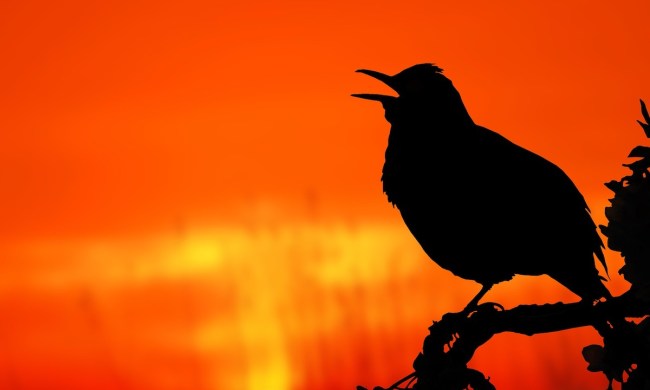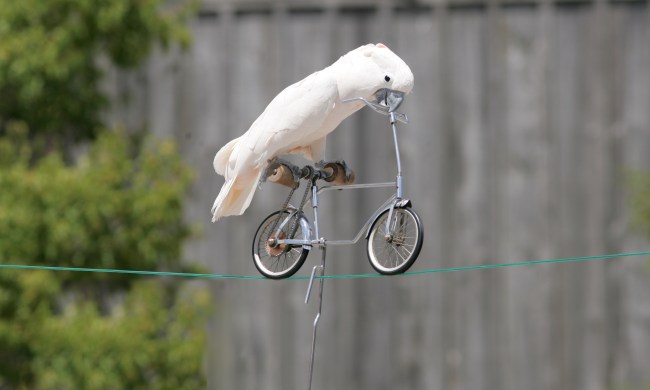In the wild, birds have hundreds if not thousands of branches to choose from for perching on. When making your own for your bird's home, you want to replicate this, at least as best as you can. While you can’t plant a forest indoors, you can bring a bit of the outdoors inside for an engaging and welcoming setup.
Having a pet bird can be expensive, so strike out and try making your own perches using natural resources around you. But you don’t want to grab any stick off the ground and bring it inside. Here are details you need to make a DIY bird perch.
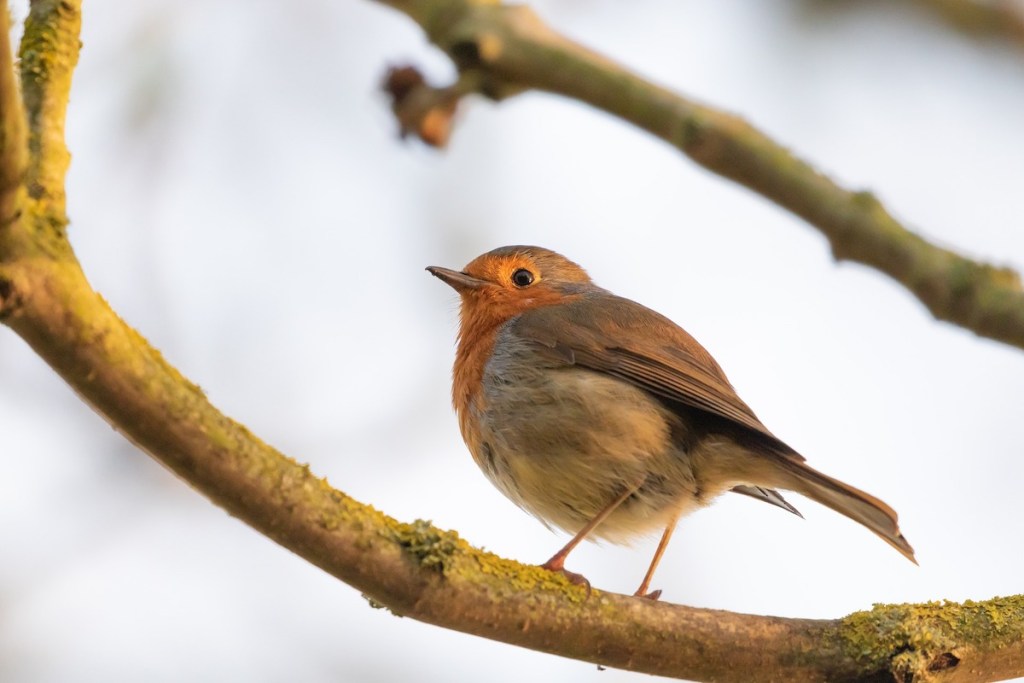
How many perches do I need?
The exact number depends on your bird's species, setup, and the size of her housing, but probably more than you think. And it’s not enough to simply shove sticks inside — you want perches at different heights and in strategic locations.
Make sure there’s one up high for sleeping and one placed near food and water. Also, put perches at different heights and on opposite sides of the cage. Why? You want to encourage your bird to fly between them to maintain wing strength and get regular exercise.
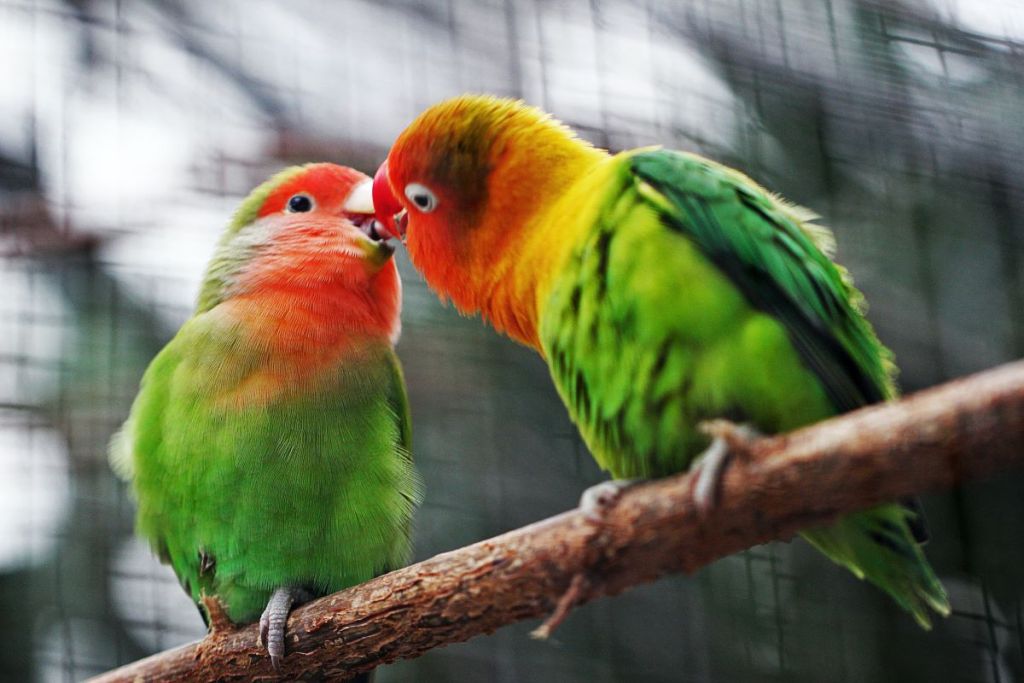
What can I use as a bird perch?
Size, shape, wood type, and placement will vary based on your bird and his cage. You don’t want to overcrowd the housing and inhibit flight. Additionally, birdies love having options, so choose a little of this and a little of that: different types of wood or different thicknesses, for example.
Follow your pet’s lead. You’ll quickly discover which perches are the hot spots and which are ignored. (When in doubt, find the one with the greatest number of droppings — almost certainly the fave.)
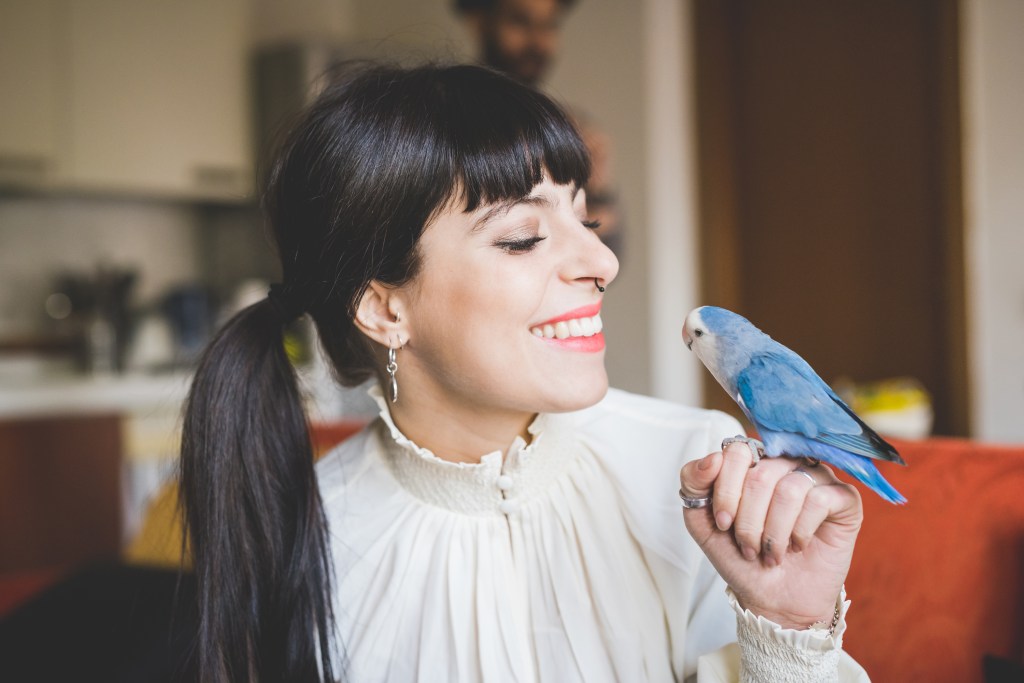
Which wood is a bird perch made of?
Luckily, there are a lot of options here. Try out a few different kinds and see what sticks. If you have a smaller breed, consider starting with softer natural woods, like apple, bamboo, or cork.
Graduate to maple or birch for a hardier or larger avian as needed. In terms of other options you might find in your yard, add elm, ash, and willow to the list. Don't use pine, as nice as it may smell, because of the residue.
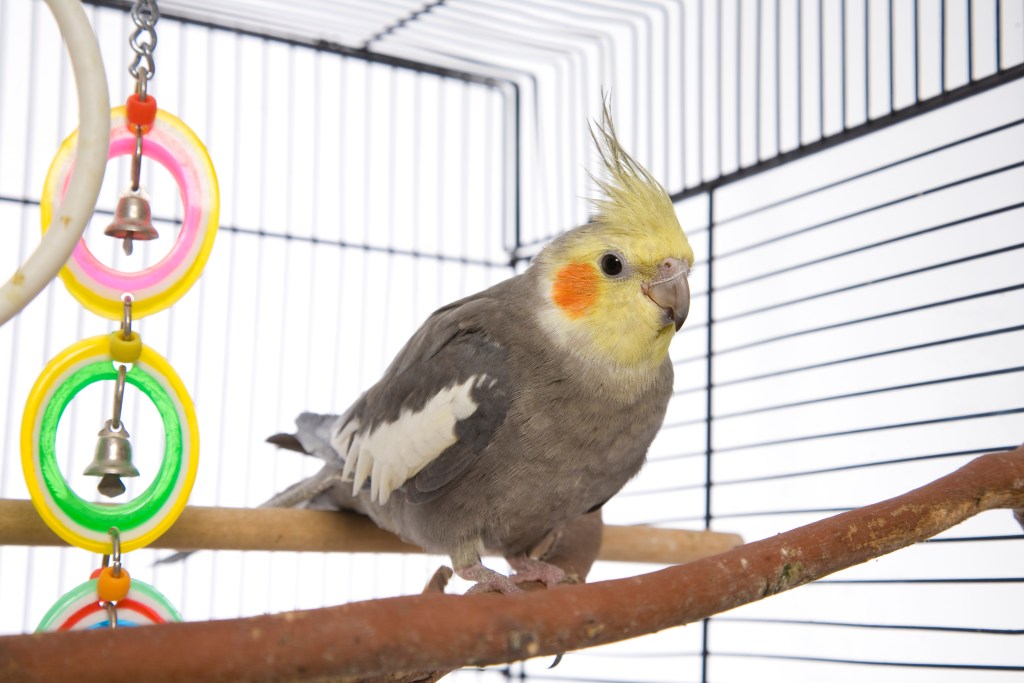
How to make a bird perch
Now that you know which branches to look for, you’re ready to start constructing your first batch of perches.
Step 1: Select your stick.
Have a good idea of size and shape in mind when you start your hunt. Gather a few sticks that fit your plan and are at least relatively straight. It will help to first measure your bird’s cage and tentatively plan your spots.
Step 2: Disinfect the wood.
Remember, there could be bugs or invisible microbes, bacteria, even fungi in future perches, which you’ll need to eliminate. You may want to disinfect a stick outside or in a secluded space, like the garage, so that no pests get inside your home. Either soak in a 10% bleach solution or heat the wood to 200 degrees Fahrenheit for 30 minutes. Or both.
Step 3: Let it dry.
Immediately after disinfecting, bring the stick inside and let it sit and dry for an extended time. It can be hard to tell when the inside of the wood is fully dried, so give it longer than you think.
Step 4: Whittle and shave it down.
Start by trimming the ends with a saw and then shape as needed. Some choose to remove the bark, but others say it’s the best part. Play around until you figure out what works best for you and your feathered friend.
Step 5: Notch into the cage.
Hopefully, you have a few choices and can try out each of them to discover which your bird likes best. You won’t always understand why your pet loves one over the other, but birds have preferences, too.
Perches don’t have to be solely for a cage. You can add them to your bird’s playroom or to the shower if he bathes with you. Once you complete this DIY project, don’t be surprised if you put other items to your to-do list. Try making bird toys and snacks or provide your pet with a cage full of homemade accessories. Your pet will love every gift from you.


